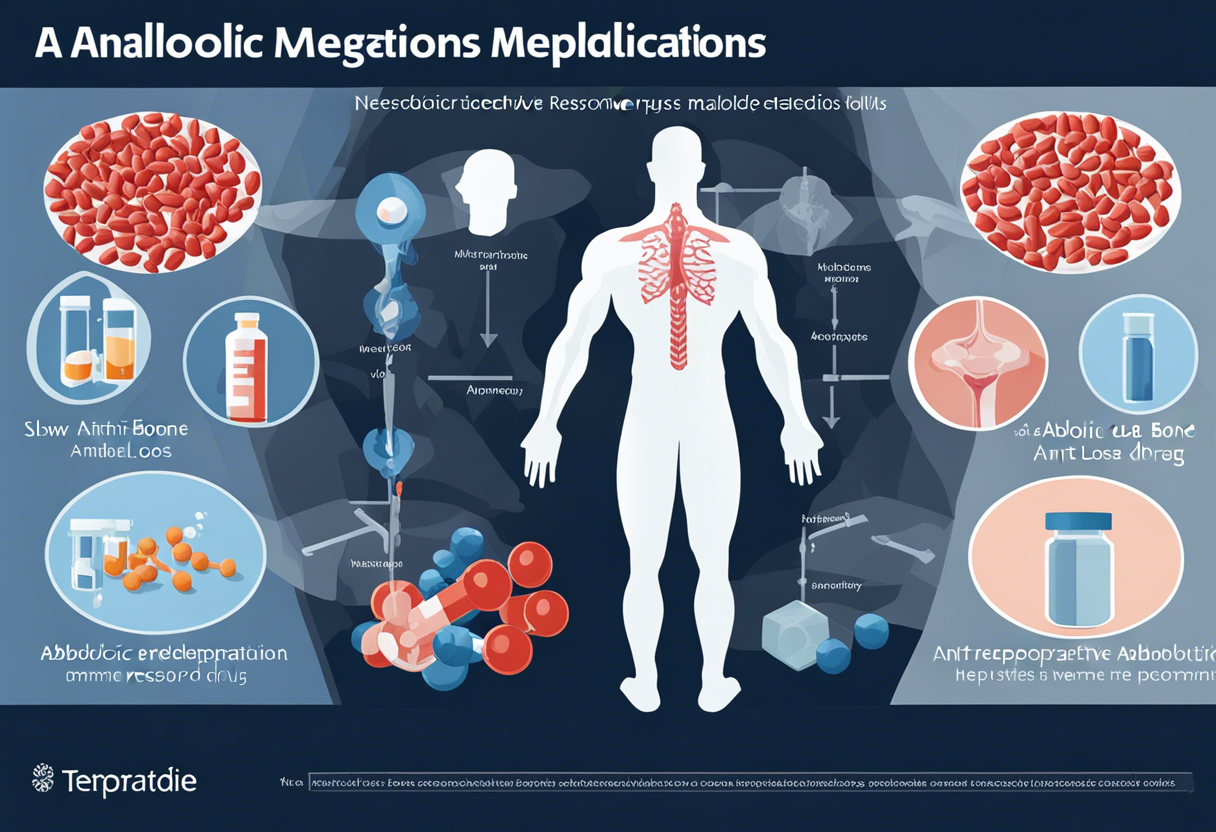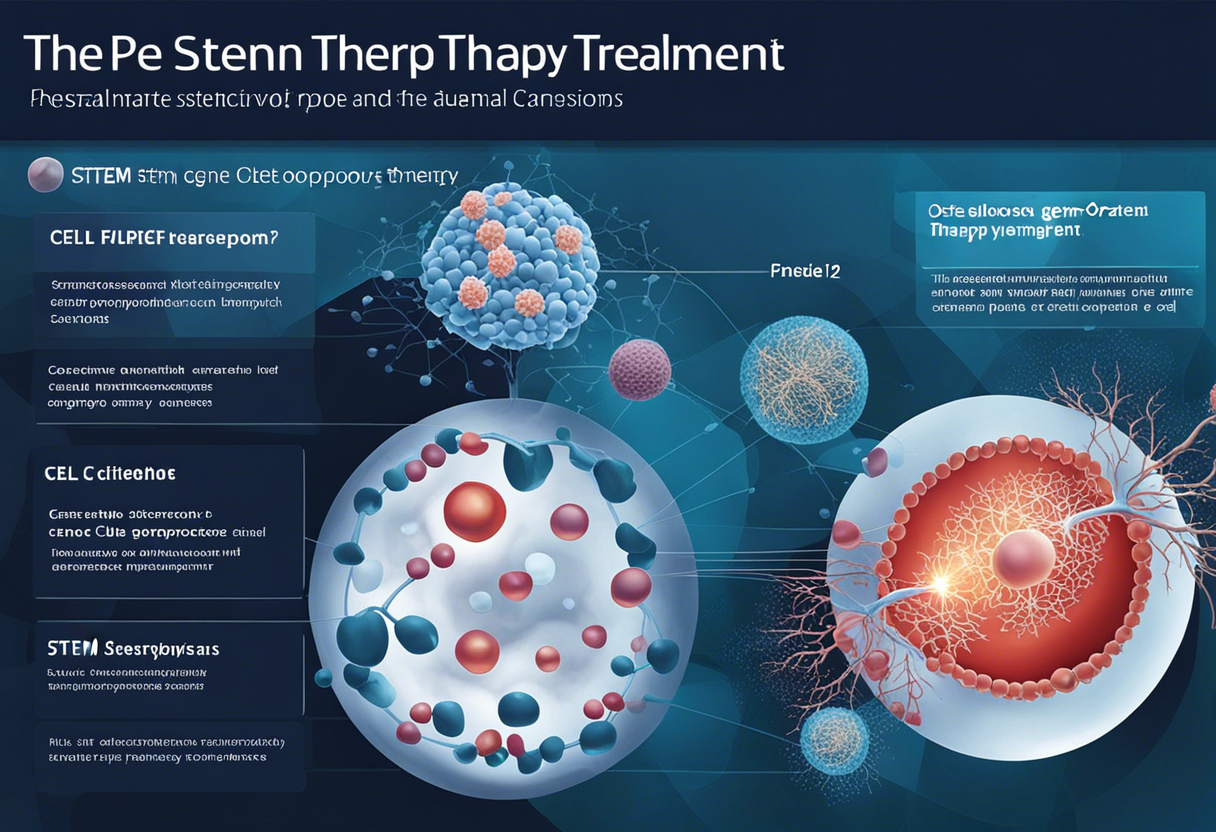Cutting-Edge Osteoporosis Treatments
From innovative medications like bisphosphonates to personalized exercise and nutrition plans, these advancements are empowering seniors to manage their bone health proactively. However, as the medical field continues to evolve, so does the hope for those living with osteoporosis.
Researchers are tirelessly working towards uncovering new treatments that can slow, stop, or even reverse the effects of this debilitating disease. This article aims to shed light on the top three groundbreaking treatments that are changing the landscape of osteoporosis management.
Anti-Resorptive Medications - A New Hope

The first line of defense against osteoporosis has traditionally been anti-resorptive medications. These drugs slow the progression of the disease by reducing bone loss. The most common of these are bisphosphonates, like Fosamax and Boniva. However, a new class of anti-resorptive drugs, known as monoclonal antibodies, is showing promising results.
Denosumab (Prolia) is one such monoclonal antibody that works by inhibiting a protein essential for the formation of osteoclasts, the cells responsible for breaking down bone. Clinical trials have shown that Denosumab can significantly increase bone density and reduce the risk of fractures in postmenopausal women with osteoporosis. This advancement offers a new hope for patients who cannot tolerate bisphosphonates, providing them with an alternative treatment option.
Anabolic Medications - Building Stronger Bones

While anti-resorptive medications slow bone loss, anabolic drugs help build new bone, making them a crucial part of the fight against osteoporosis. Teriparatide (Forteo) and Abaloparatide (Tymlos) are two such anabolic drugs that mimic the action of the parathyroid hormone, stimulating new bone growth.
The most recent addition to this class is Romosozumab (Evenity). Approved by the FDA in 2019, Evenity works by both increasing bone formation and decreasing bone loss. Its dual action mechanism offers a novel approach to osteoporosis treatment, bringing new optimism to the medical community and patients alike.
The Future - Gene Therapy and Stem Cell Treatment

The future of osteoporosis treatment looks promising with the advent of gene therapy and stem cell treatment. Researchers are exploring the potential of modifying genes related to bone formation and resorption, aiming to create a balance that could halt or even reverse osteoporosis.
Stem cell therapy, on the other hand, seeks to regenerate bone tissue. Mesenchymal stem cells, which can differentiate into osteoblasts - the cells that form new bone, are at the forefront of this research. Although still in the experimental stages, these treatments could revolutionize the way we manage osteoporosis, offering a cure rather than just management of symptoms.
The landscape of osteoporosis treatment is rapidly evolving. From anti-resorptive and anabolic medications to potential gene and stem cell therapies, there is hope for those living with this debilitating disease. As research progresses, the prospect of not just managing, but curing osteoporosis becomes increasingly tangible, offering a brighter future for millions worldwide.








